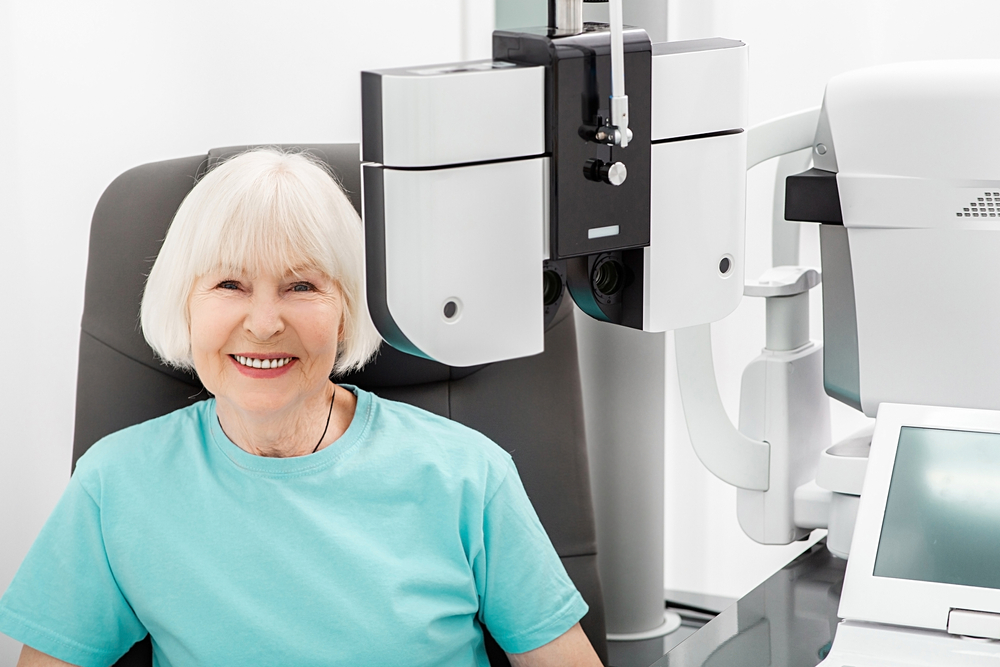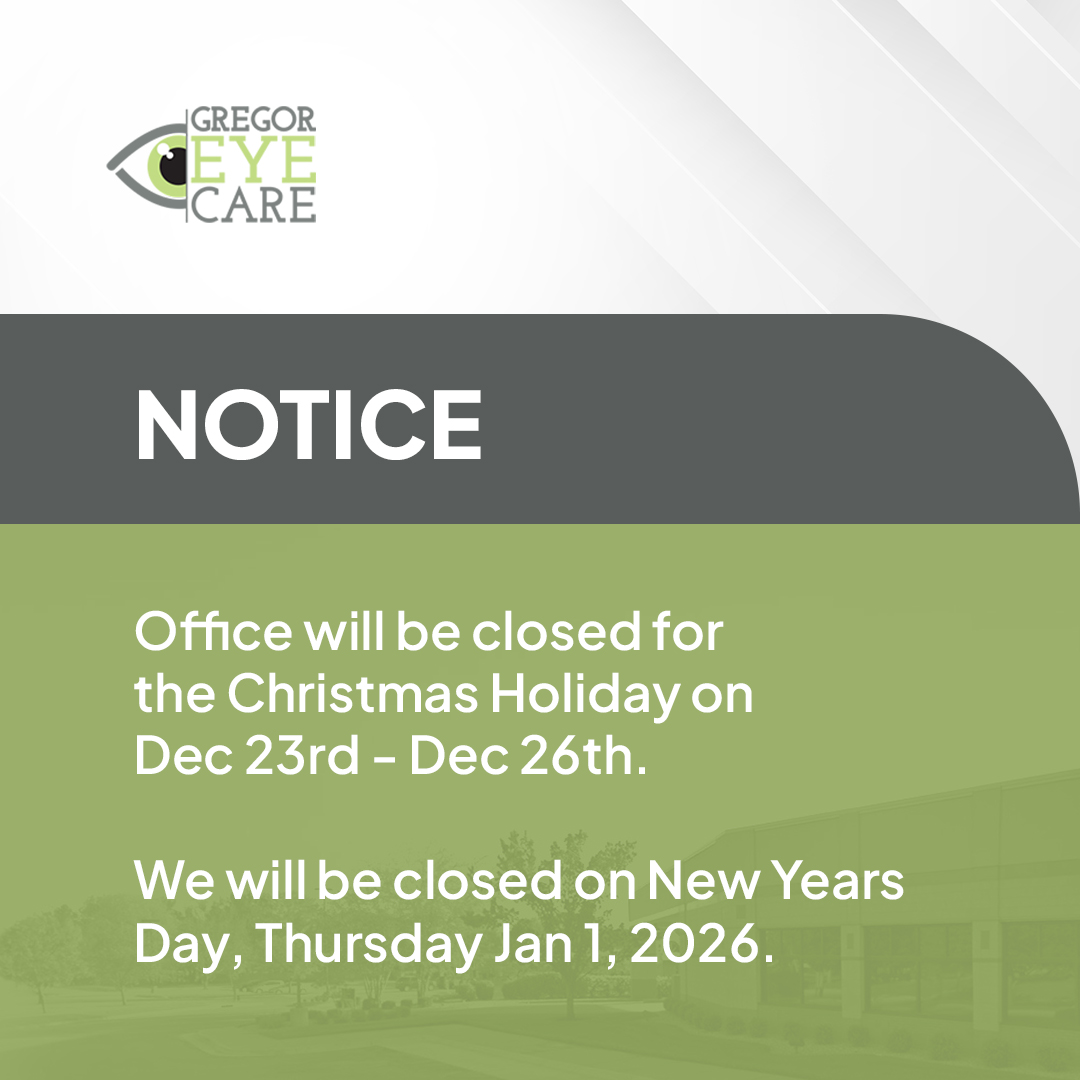
Diabetes impacts the body’s capacity to control blood sugar levels, causing various complications, including eye problems. Regular eye exams are essential for identifying eye problems and preserving a person’s vision.
Importance of Eye Screening for People with Diabetes
More than 30 million Americans have diabetes. This condition increases the risk of eye complications. Diabetic eye screening can help detect eye problems before they noticeably affect vision. Since many of these conditions do not present symptoms during the early stages when they are most treatable, regular eye exams are crucial.
Diabetic Retinopathy
Diabetic retinopathy stems from damaged retinal blood vessels. It is the primary cause of adult-onset blindness. It is also the most frequent reason people with diabetes experience vision loss.
Blood vessels may deteriorate and leak in the early stages of this illness. That can lead to mild or nonexistent symptoms. As the condition advances, new fragile blood vessels grow. They often bleed and cause more severe symptoms like vision loss and retinal detachment.
Diabetic Macula Edema
Diabetic macula edema occurs when leaky vessels lead to an accumulation of fluid. That causes the macula to swell, leading to blurred vision. The macula is the retina’s central part. It allows you to see fine detail and color. This condition is a potential complication of retinopathy.
Glaucoma
Increased fluid pressure in the eye caused by glaucoma damages the optic nerve and impairs vision. Diabetes can damage the blood vessels in the eye, increasing pressure.
Cataracts
A cataract refers to a cloudy area in the eye’s natural lens. People with diabetes are more likely to develop this condition earlier in life than those without diabetes. Cataracts commonly occur in older adults when proteins in the eye begin to break down.
Eye Exam
A routine eye exam for people with diabetes typically involves a dilated eye exam. During this examination, an eye doctor will administer eye drops to widen the patient’s pupils. That will allow them to see more of the eye’s internal structures and problematic conditions more clearly.
During the test, the eye doctor will also assess a person’s eyesight, eye pressure, eye muscles, and response to light. Based on the results, the doctor will advise when the patient should have their eyes tested again.
Preparation for Eye Exam
A person undergoing a dilated eye exam does not need to prepare anything beforehand. However, managing their blood sugar and maintaining glycemic control throughout the exam is advisable.
It takes about 30 minutes for the pupils to dilate fully, but the dilation can last for hours. Therefore, a person should not drive after this exam. They should also arrange for someone to escort them home.
Causes and Risk Factors
Diabetic eye diseases can result from diabetes, as high blood sugar levels gradually damage blood vessels in the eyes. These conditions can affect anyone with diabetes. Yet, those with poor glycemic control or chronic diabetes are more likely to experience them. Hypertension, obesity, and smoking can also increase the risk of these diseases.
Conclusion
A person’s risk of developing diabetic eye conditions, which can result in vision loss and other issues, increases with diabetes. Regular eye exams can aid in the early detection of these conditions when they are most amenable to treatment.
For more on diabetic eye care, visit Gregor Eye Care at our Overland Park, Kansas, office. Call (913) 685-0212 to schedule an appointment today.









